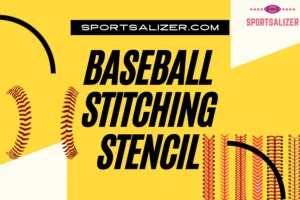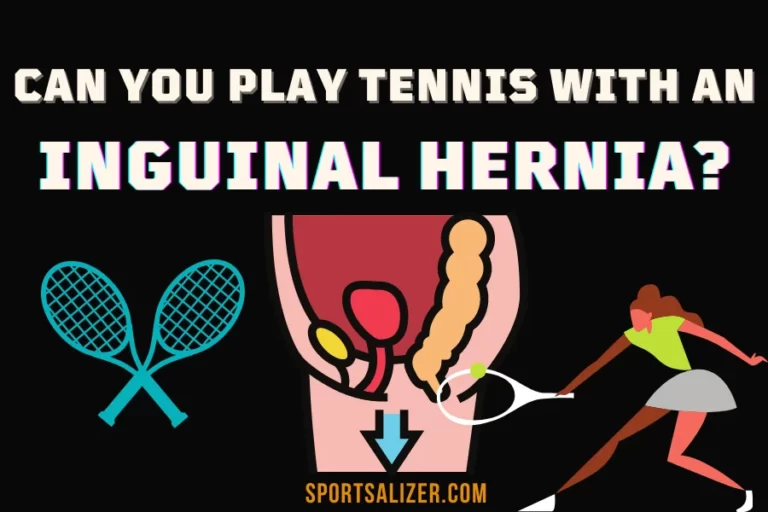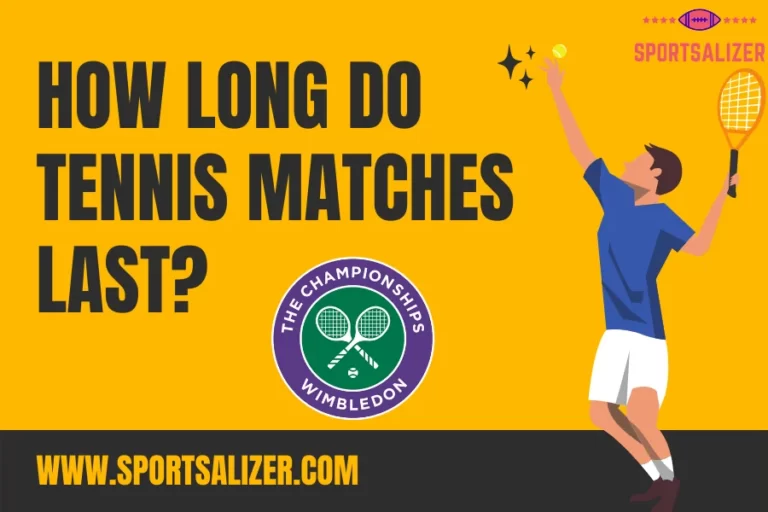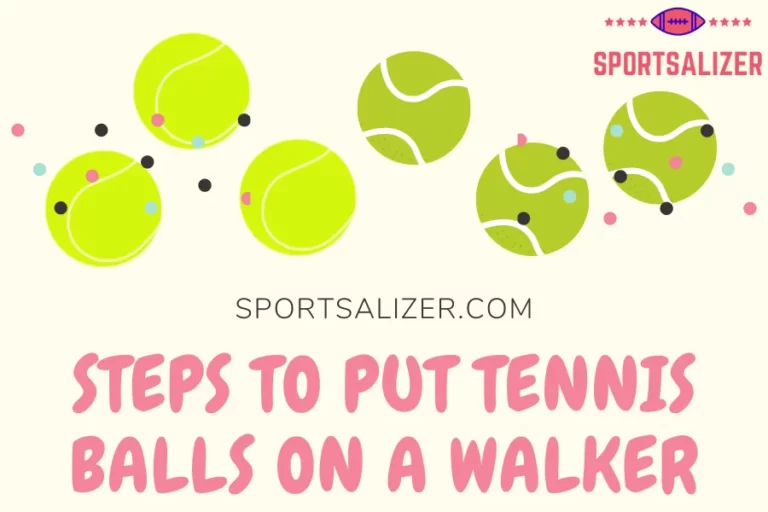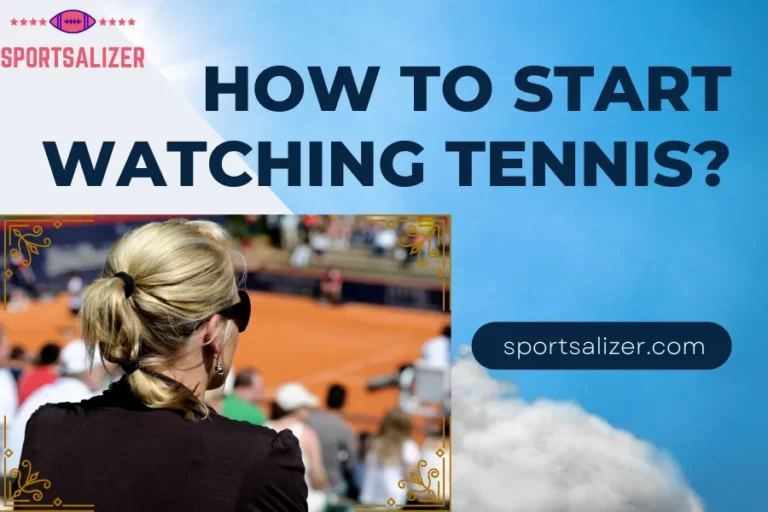Are You Ready To Know About 3 Parts Of A Tennis Racket?
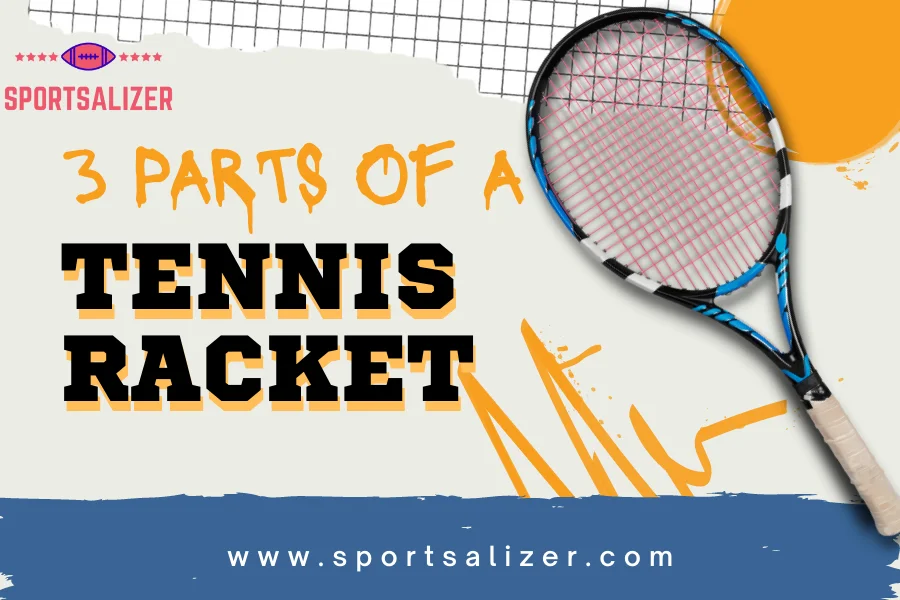
Be it Roger Federer or Serena Williams, everyone is aware of these names as the “stars” of Tennis. But even for the vivid fans of the game, a tiny percentage of people are aware of the various accessories of the sports, like the parts of a racket. Many of us may know about the different brands of tennis rackets, but very few of us would be confident to speak about the parts of a tennis racket.
So what are the parts of a tennis racket? The tennis racket consists of 3 main parts-the head, the shaft, and the Handle. These three parts of a tennis racket are further subdivided, and in total, there are 11 parts of a tennis racket. Knowing the various parts of a tennis racket helps to understand the technical terms while the coaches guide the players and have a better understanding of the controls in the game.
Contents
A detailed description of the parts of a tennis racket
It is already clear that many other subparts fall under the essential three parts of a tennis racket. So let us dive deep into each of them and understand them more precisely.
The Head
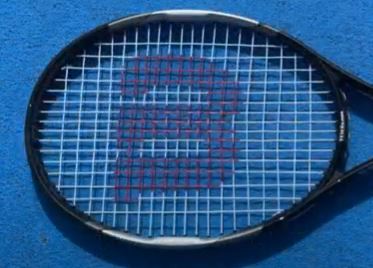
The first part of a tennis racket is the head. It is further subdivided into four other parts- the bumper guard, grommet, beam, and strings.
The Bumper Guard
In the head region of the tennis racket, the central portion consists of the strings, and the other parts are basically supporting or protecting the strings of the racket. The Bumper or Bumper guard is also there for a similar purpose. The strings often tear due to friction with the ground, so the bumper or the bumper guard is provided to prevent the strings from rubbing on any surface, especially the ground.
But again, nothing is permanent in this world. The bumper guard also needs to be replaced now and then. After a while, the friction with the ground wears off the bumper, which needs to be replaced with a new one t provide better protection for the strings.
Grommets
In the head region of the tennis racket, the second thing that comes is the grommet. They look like little plastic straws or small pathways through which the strings pass. The grommets are arranged all along the “inner periphery” of the head of the tennis racket. The reason why the grommets are there is to prevent the strings from rubbing.
The grommets are inserted into the racket by drilled holes on the frame through which the strings pass. There is another purpose for having the grommets in the tennis rackets apart from just protecting the strings, which is to provide control. You might have seen many tennis rackets with a broader grommet trough in which the strings move more easily and freely. The purpose of those rackets is to give the player more power over the tennis balls.
However, there are also tennis rackets with grommets that are narrower. The narrower grommets do not allow the strings’ free movement then; what is the purpose? The reason behind having the narrower grommets is to have more control over the balls than power. So the type of grommets one chooses to use in their tennis racket varies from one person to another.
The Beam
The side of the racket through which the strings are fastened is called the beam of the racket. Again, there are two types of beams available: one that is wider and the narrower one. The racket with a broader beam like the grommets provides free movement of the strings and, hence, more power. And the rackets with a narrower beam allow restricted movement of the strings and hence lesser power but more control over the shot.
Strings
The strings make up the maximum portion of the head region of the racket. They are made up of nylon or similar material and are inserted into the racket through the drilled holes on the frame. However, three things judge the player’s performance concerning the string- the material, tension, and thickness. These three factors manipulate the speed, spin, and control over the shots played by the athlete.
The strings are classified into two types depending on the way of insertion. Th ones inserted through the vertical holes of the head are the “main strings,” and the ones inserted in a horizontal direction through the side holes are the “cross strings.”
The Shaft
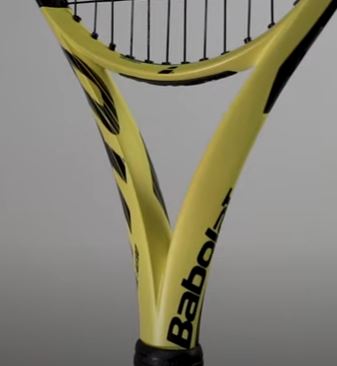
The second part of the parts of a tennis racket is the shaft. It has just only one part, and that is the throat.
The Throat
The throat looks like an inverted triangular space with its base towards the head. The throat can be both open and closed space. But mainly in the tennis rackets nowadays, you will rarely see a closed throat. The purpose of the throat is to allow the swinging of the racket with no or negligible drag.
The design of the throat is the factor that judges how flexible the racket is. If you are looking for a racket with more power, you should choose one that provides less flexibility, which is stiffer.
The Handle
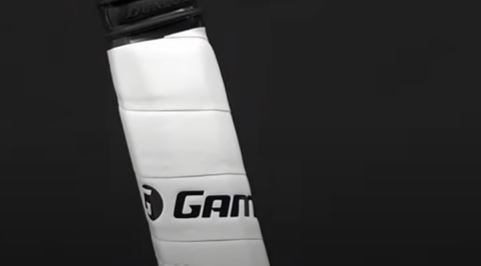
The Handle is the last part among the parts of a tennis racket. The Handle is subdivided into four other components that are classified as follows.
The Bevels
You will find eight bevels on the Handle of a tennis racket. The purpose of the bevels is to ensure that the racket does not twist in the hands of the player. The bevels are also very useful for beginners in sports as they serve as excellent guides for the players attempting to learn the “grip.”
The Grip
The surface of the bare Handle of the tennis racket is rough and not suitable for playing. So the solution to hold? Using the grip. It is like an outer protective covering that prevents the rough surface of the handle from rubbing on the player’s hands.
Also, there is another reason for having the grip: it provides “traction.” When the palms become sweaty during the game, the grip prevents the racket from slipping off the player’s hands.
The Butt
The butt refers to the last portion and can even be considered the ultimate one amongst the parts of a tennis racket. This region is a bit thicker when compared to the rest of the Handle. The purpose of the butt is to prevent the racket from “falling off” the player’s hands.
FAQs on Parts Of A Tennis Racket?
Why is it sometimes said there are 11 parts of a tennis racket?
In these cases, the subparts are also added with the three main parts of a tennis racket and hence the result.
What are the strings made up of in a tennis racket?
There could be many types of strings. Some may be of natural gut, nylon, or even polyester. Depending upon the level of the player, the strings should be chosen for oneself.
How many holes does a tennis racket have?
Although there is no fixed number on the number of holes the strings make, on average, it ranges between 68 to 76 holes.
What is at the bottom of a racket?
As already mentioned in the article, the bottom part of the racket has something known as the “butt cap.” The purpose of having is to prevent the racket from slipping away from the hands.
What is the triangle part of a tennis racket called?
The triangle part of the tennis racket is known as the “throat.” Previously some rackets had closed throats. However, most modern designs have an open throat.
What is the heart of a tennis racket?
The dampener is often shaped in the form of a heart to make it look attractive. The purpose of the dampener is to reduce the vibrations that the strings have after it gets hit by the tennis balls.
In a nutshell
There are eight parts of a tennis racket apart from the three main parts of a tennis racket. Each of them is crucial, and they play a pivotal role that directly affects a player’s performance.

